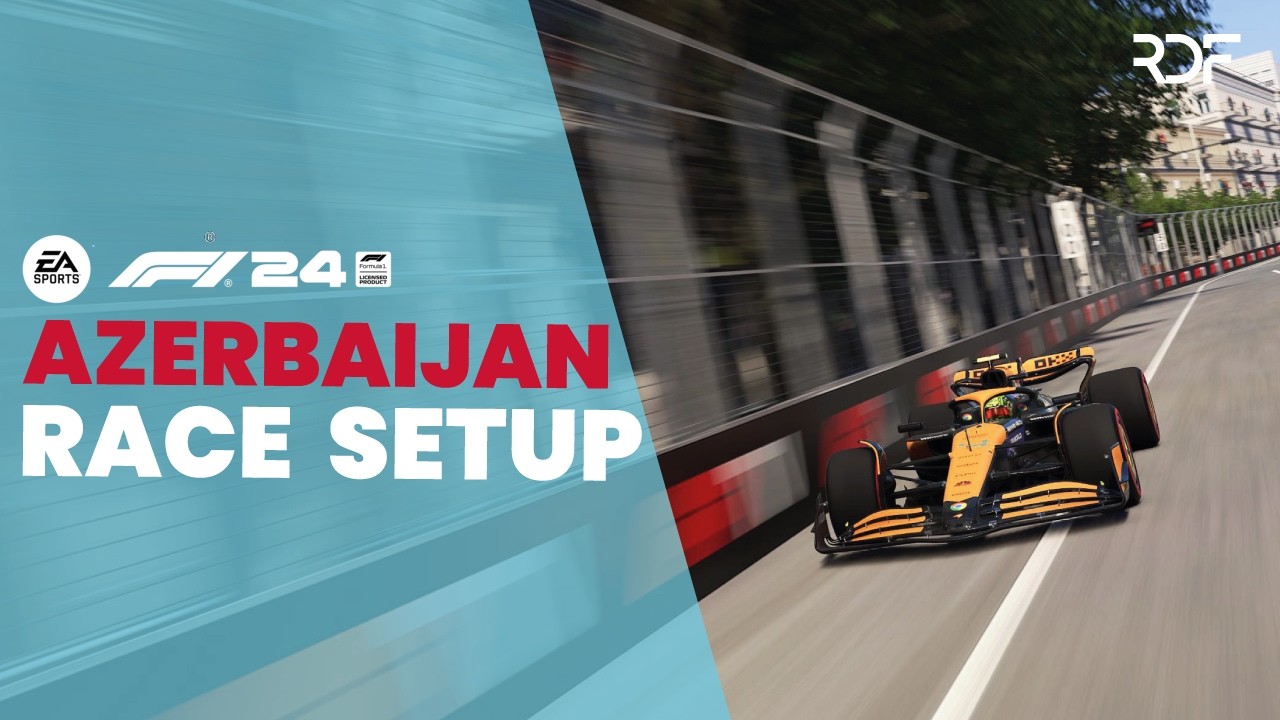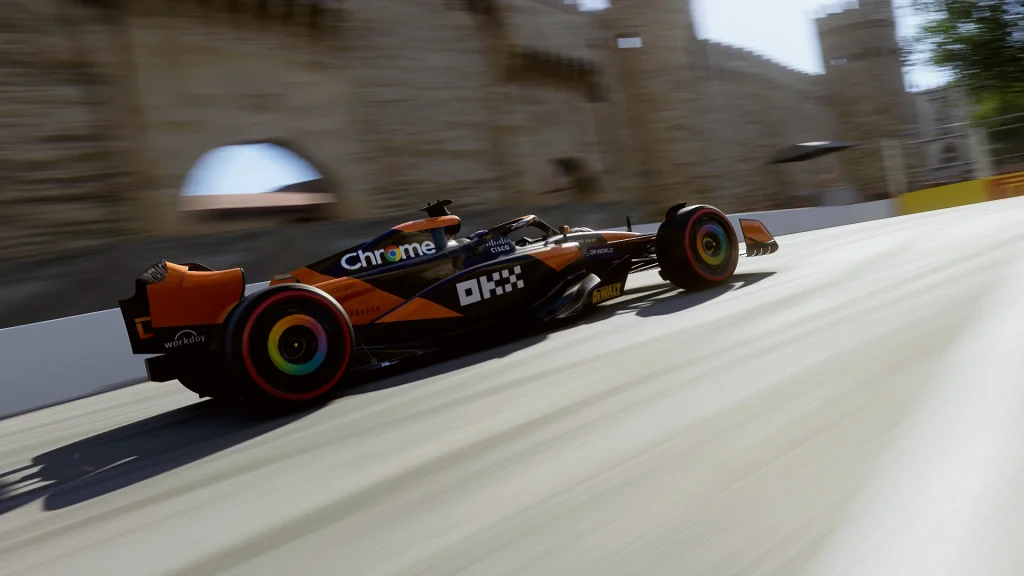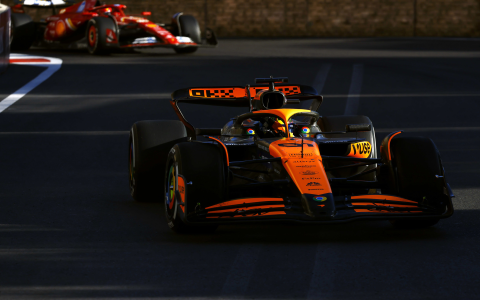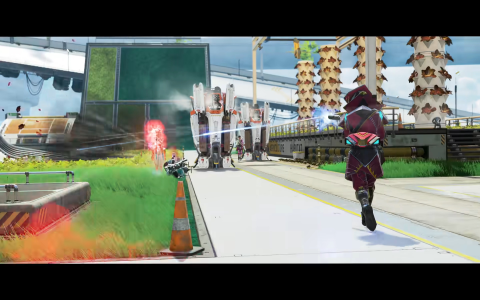Alright, so I’ve been messing around with the Baku circuit in F1 22, and let me tell you, getting the right setup for this track is a real pain in the butt. But after a ton of trial and error, I think I’ve finally cracked the code. I wanna share what I did, ’cause it made a huge difference for me.
First off, this track has some seriously tricky corners, especially those tight turns 13, 14, and 15. If you go in there with the wrong setup, you’re gonna be sliding all over the place, losing a bunch of time. I started by tweaking the aerodynamics. I wanted a good balance between downforce for those corners and straight-line speed for the long straights.

Aerodynamics
- Front Wing Aero: I bumped this up a bit to get more grip in the front.
- Rear Wing Aero: I kept this relatively low to make sure I wasn’t losing too much speed on the straights.
Next up was the transmission. I played around with the differential settings to make sure the car was rotating well through the corners, but not so much that it was getting unstable. I realized that I needed to adjust it.
Transmission
- Differential Adjustment On Throttle: Increased this slightly to help with traction out of the corners.
- Differential Adjustment Off Throttle: Lowered this a bit to improve stability under braking.
Suspension Geometry
This was a big one. I spent a lot of time getting the camber and toe angles right. It’s all about finding that sweet spot where the tires are gripping well, but not wearing out too fast.
- Front Camber: I went for a more negative camber to improve cornering grip.
- Rear Camber: A bit less negative camber here to help with stability.
- Front Toe-Out: I increased this slightly.
- Rear Toe-In: I kept this pretty neutral.
Then I focused on the suspension itself. You gotta find a balance between a stiff setup for responsiveness and a softer setup for absorbing those bumps and kerbs. What I did is pretty simple.
Suspension
- Front Suspension: Stiffened it up a little.
- Rear Suspension: Kept it a bit softer than the front.
- Front Anti-Roll Bar: Increased the stiffness.
- Rear Anti-Roll Bar: Kept it relatively soft.
- Front Ride Height: Lowered it for better aerodynamics.
- Rear Ride Height: Also lowered, but slightly higher than the front.
Brakes are crucial on this track, especially with those heavy braking zones. I increased the brake pressure to get more stopping power, but made sure the bias was set correctly to avoid lockups. That’s all for brakes.
Brakes
- Brake Pressure: Pretty high.
- Front Brake Bias: Adjusted to prevent front locking.
Finally, tire pressures. I found that running slightly lower pressures helped with grip and tire wear, especially in the longer races. These are what I’ve tried.
Tyres

- Front Right Tyre Pressure: Lowered it a bit.
- Front Left Tyre Pressure: Same as the front right.
- Rear Right Tyre Pressure: Also lowered, but slightly higher than the fronts.
- Rear Left Tyre Pressure: Matched the rear right.
After making all these adjustments, the car felt so much better. I was able to attack the corners with more confidence, and my lap times improved significantly. Plus, the tire wear was much more manageable, which is super important for race strategy. It took a while to get there, but it was totally worth it. Now, I can actually enjoy racing in Baku instead of dreading it!
So yeah, that’s my experience with setting up the car for Baku in F1 22. It’s not easy, but with some patience and a lot of testing, you can definitely find a setup that works for you. Hope this helps some of you guys out there who are struggling with this track. Feel free to try out these settings and tweak them to your own driving style. Good luck, and happy racing!














